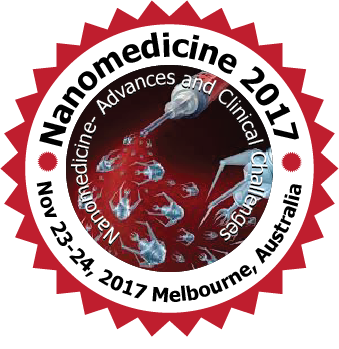
Subhra Mohapatra
University of South Florida,USA
Title: Anticancer Theranostic Approaches for In Vitro and In Vivo Drug Delivery
Biography
Biography: Subhra Mohapatra
Abstract
The last decade has seen significant advances in anti-cancer drug delivery approaches, although many challenges including availability of limited nano- and bio-materials, uptake and release of drugs from the endosomes, targeting of drugs to the desired diseased cells or tissues, and the lack of translatable models to study drug delivery. To address these challenges we have developed and tested a number of novel drug delivery approaches. To this end, we first developed a near infrared (NIR) triggered drug delivery platform based on the chitosan-modified chemically reduced graphene oxide (CRGO) incorporated into a thermosensitive nanogel (CGN). CGN exhibited an NIR-induced thermal effect similar to that of CRGO, reversible thermo-responsive characteristics at 37-42 °C and high doxorubicin hydrochloride (DOX) loading capacity (48 wt%). The DOX loaded nanogel released DOX faster at 42 °C than at 37 °C. Second, since combining chemotherapy with gene therapy has been one of the most promising strategies for the treatment of cancer, we developed a chitosan functionalized magnetic graphene (CMG) nanoparticle platform for simultaneous gene/drug and SPIO delivery to tumor. The results of these studies indicated that CMGs provide a robust and safe theranostic platform, which integrates targeted delivery of both gene medicine and chemotherapeutic drug(s), and enhanced MR imaging of tumors. Further, since gadolinium (Gd) contrast agents that are predominantly used for T1 MR imaging, have high toxicity and potential side effects including nephrogenic systemic fibrosis, we developed an alternative T1 contrast agents, such as Mn for lung imaging. Here we report on the design and synthesis of multifunctional lipid-micellar nanoparticles (LMNs) containing Mn oxide (M-LMNs) for MRI that can also be used for DNA and drug delivery. Finally, we have developed an in vitro model of tumoroid culture platform for testing drug delivery to tumors that closely mimics in vivo tumors. Taken together these advances are expected to lead to better anticancer drug delivery against cancers.

